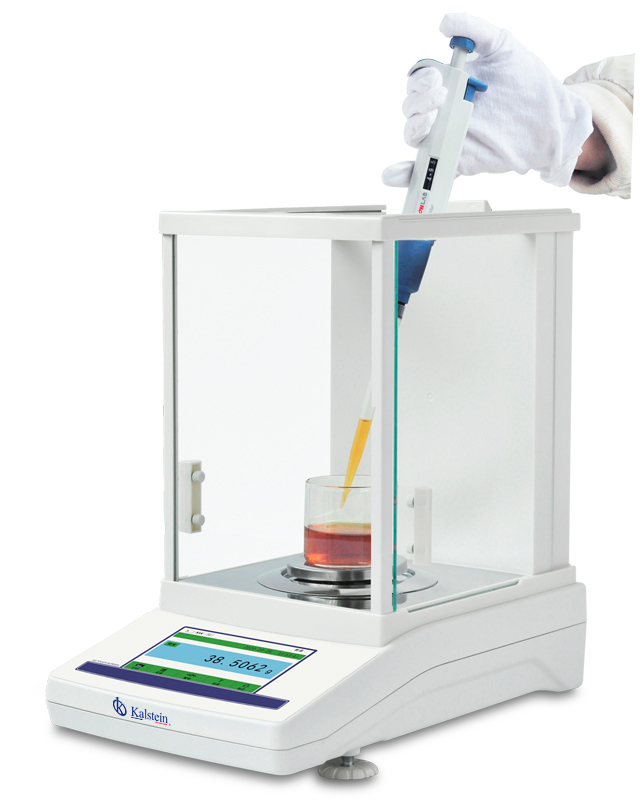The health event that has marked the population globally has undoubtedly been the COVID-19 pandemic, and the virus that has caused it, SARS-Cov-2 and its variants. The disease can complicate people’s respiratory system to the point of collapse, sometimes causing death. Characteristic features of the disease, in addition to fever and malaise, include the following:
- Anosmia, loss of sense of smell.
- Ageusia, loss of taste.
The high rates of infection of this disease and the saturation of hospital services during the health emergency, led states to implement measures of confinement and restrictions on the mobility of people, use of mouthpieces, as well as the development and implementation of a vaccination plan against the virus and its variants. Although the issue of SARS-Cov-2 vaccination has brought many controversies, the data indicate that the immunization program significantly lowered mortality rates from SARS-Cov-2.
Types of vaccines to fight SARS-Cov-19
Vaccines save lives and serve as prophylaxis by preparing the body when the virus spreads; as the immune system already recognizes it faster, it prevents the disease from progressing to more critical stages. To achieve this immunity, several strategies have been proposed, some novel, that allow to increase the level of protection of the population:
- Vaccines that use virus parts, which activate the immune system more quickly.
- Viral vector vaccines, a modified virus that has been fed the genetic load of the COVID-19 virus is used to synthesize certain parts of the virus.
- mRNA vaccines, a modified version of the mRNA encoding the production of a virus-associated protein of interest is used.
Many equipment and tools are used to develop these vaccines and new ones to prevent this disease in its most serious form, where the analytical balance plays a fundamental role. For the manufacture of the vaccine, as a biological substance, in addition to the component that generates immunization, other components are added to ensure the effectiveness of the preparation. Therefore, the analytical balance is the ideal measuring instrument to establish the proportion of substances in the vaccine.
Analytical balance applications in the laboratory
Any laboratory dedicated to research in health sciences, bioanalysis, quality control and analysis in general, must have an analytical balance. The main characteristic of this instrument, apparently simple, is that it is able to weigh small amounts of substances with a high level of precision. This is particularly important when weighing substances that in small doses have a pronounced effect on the body (e.g., psychotropic substances, anesthesia, etc.) or extremely expensive and low-availability materials. In that sense, the analytical balance is:
- More precise instrument for mass measurement in micro analysis procedures.
- Instrument for exact measurements with a known uncertainty (if calibrated).
- Masses can be weighed between 0.1-0.001 mg.
Development of vaccines with the support of the analytical balance
In addition to the medical and biological protocols used in the development phase of vaccines, which are the basis of the immunization process, a set of basic techniques such as dilution, culture, weighing, etc., are used in operation to obtain the vaccine as a final product. Measurement of weight, with an appropriate instrument, will always be a key aspect in ensuring the composition of the vaccine. In the current circumstances, where the Covid-19 virus changes its genetic material rapidly, having effective vaccines for those scenarios will be a necessity; therefore, developing quality vaccines and with the necessary instrumentation, will mean taking a step forward in the fight against the coronavirus.
Why choose Kalstein’s analytical scale to make vaccines?
Kalstein analytical scales offer modern equipment, such as models YR053501 // YR053502. With them you can weigh up to 0.0004 g, without the problems of the effect of the air currents (they come with a cover), the measurements are presented in different units of mass on a high contrast LCD screen that facilitates the readings. For any other technical details of this scale, on the link you can consult at HERE or on the main page HERE; on these pages you can locate other laboratory equipment, its price, and if at the end you decide to make any purchase, you can also consult.

